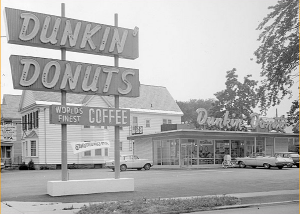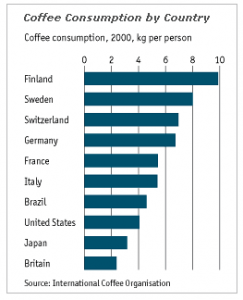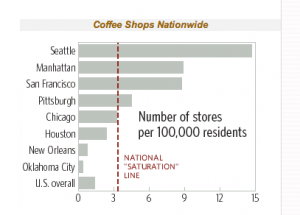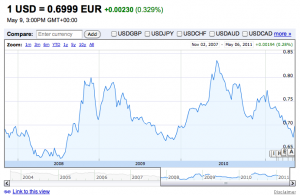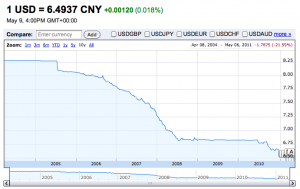The NFL draft is arguably the second most important night of any NFL season, the most important night being, of course, Super Bowl Sunday.
Unsurprisingly, the caliber of your team (and often it’s ability to win) is proportionate to the quality of your players. Although it is a very important one, this isn’t the only lesson that football or the draft teaches us about running a business.
Winners Are Losers
The rules of the draft stipulate that, in essence, the winning teams pick last. This is to ensure that the same team doesn’t win the Super Bowl every single year. This isn’t how the real world operates, just look at Harvard Business School. HBS graduates run the world. They make up the creative and managing teams of Yahoo, Google, Goldman Sachs and the Blackstone Group, among others. Quite simply, the best work for the best. Each of the aforementioned powerhouses utilizes new hires as part of their business strategy. Why shouldn’t you? Be thankful the rules of the real world differ from the rules of the draft; you can still recruit top performers. Remember to keep in mind that everything you do will attract future employees or push them into the arms of your competitors.
When You Wish Upon a Star
The Carolina Panthers had first pick on Thursday night. Beforehand I wondered if they would pick Auburn’s Cam Newton. Undoubtedly talented, Cam Newton’s a star of a quarterback. To that end, regardless of the talent of a new hire, you can’t use all of your money on your star recruit and think they’re going to save your business or make your more money. You hired them to do a specific job. The Panthers scored a good football player, but Cam Newton alone can’t make them champions.

Cam Newton
Preparing Your New Talent
One of the biggest discussions before the draft started on Thursday was whether or not Auburn’s Cam Newton deserved to be the number one draft pick of 2011. Regardless of what he deserves, there’s a big mental transition that needs to take place for Newton. Can Cam adjust his playing mentality when he steps onto an NFL field? The rules might be (basically) the same, but it’s a whole different ball game. Winning championships at the college level is not the same as winning championships in the NFL.
Like coaches and players, managers and coworkers need to be prepared for the role they’re going to play in the development and transition of a new team member. This is especially true for new hires that are young and accustomed to a collegiate lifestyle.
Taking a Risk

Mark Ingram
Previously injured or “troublemaker” players aren’t always a risk, and sometimes they are. Though not in the draft this year, the University of Florida’s Janoris Jenkins was recently dismissed from his position as cornerback due to his repeated arrests for marijuana possession. Will Muschamp, Florida’s new head coach, is implementing “the Florida way,” and Jenkins frankly knew better: this is his fourth arrest. This is the type of risk that you shouldn’t take. When a potential new hire has disregard for the rules or authority it’s a good idea to thank them for their interest and send them on their way. Once the plague of disrespect is caught in a team environment it’s difficult to eradicate.
Prior to the draft, James Andrews, MD, sent a letter to all 32 teams in the draft giving Mark Ingram, running back for the Alabama Crimson Tide, a clean bill of health after his knee injury. In the two weeks leading up to Thursday’s draft at least two teams removed Ingram from their draft boards due to concerns about the long-term health of his knee. Ingrams is the type of risk you should take. The Alabama running back plays with his whole heart. Regardless of his personal pain or discomfort he’s known for giving his whole self in every game. Despite his past knee problems, he’s been given a clean bill of health. When you’re looking at the resume or background of a potential new hire it’s so important to recognize that everyone makes mistakes or has things happen to them outside of their control. If they turn that adversity into fuel for personal improvement, that’s a winning pick.


